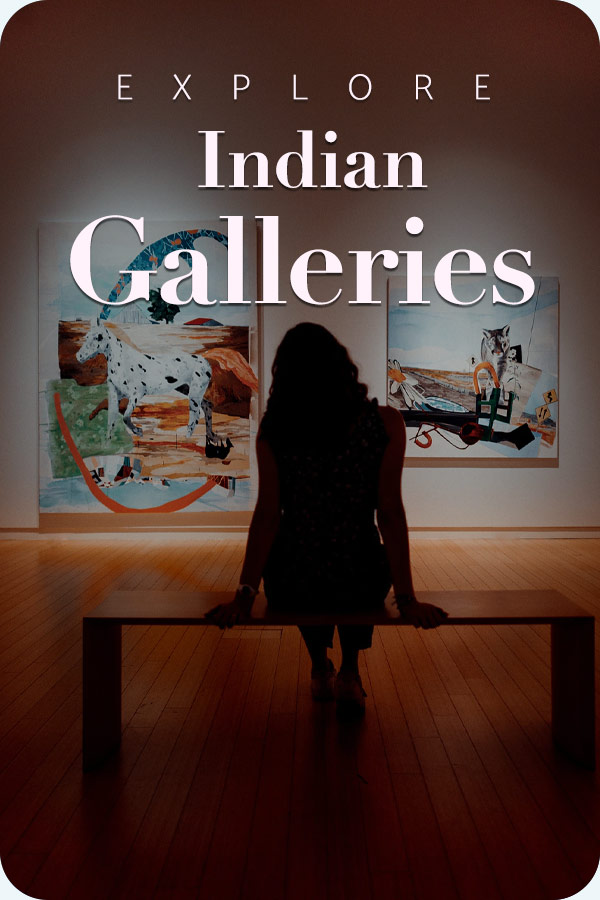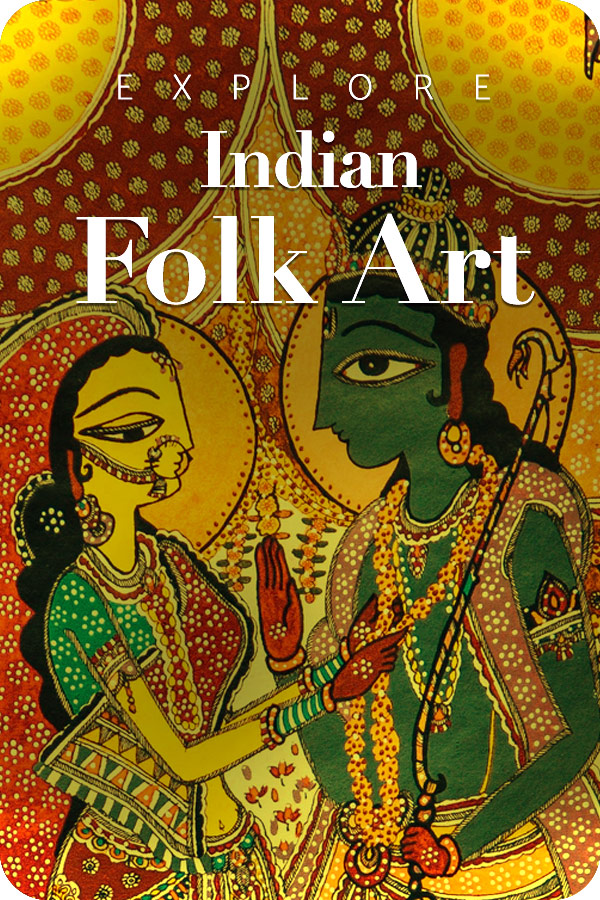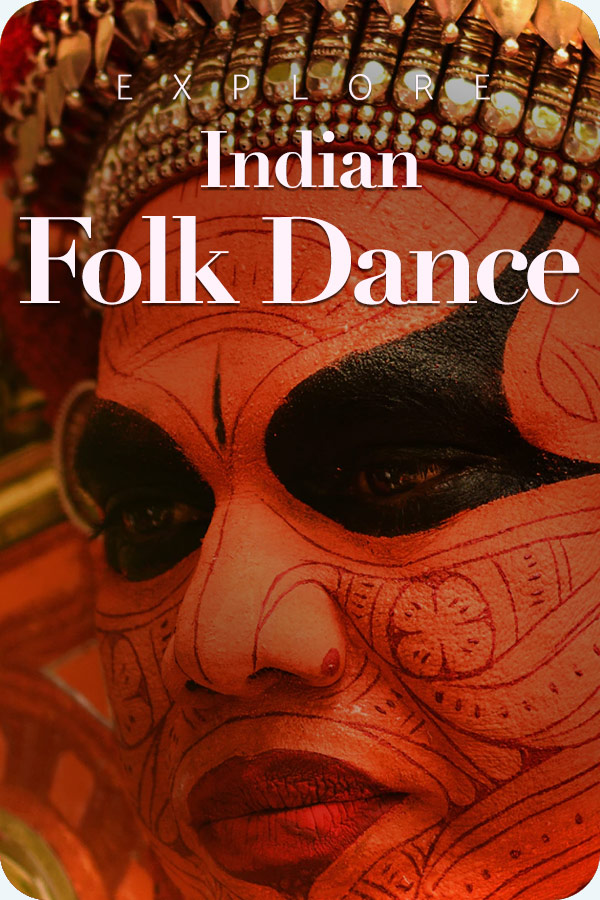
The Indian Photo Festival (IPF) is India’s longest-running international photography festival that will transform Hyderabad’s cultural sphere once again through its month-long hub of visual culture. Inaugurated on November 20, 2025, the 11th edition shall run till January 4, 2026. This festival is taking place at the State Gallery of Art, Madhupur, and at different partner venues across the city. IPF is also a non-profit initiative by the Light Craft Foundation, dedicated to expressing the power of images and disseminating them through meaningful dialogue and subsequently inspiring social change.
Democratizing the Lens
The IPF was established in 2015 by the photographer and curator Aquin Mathews. This initiative stemmed from a simple yet urgent need, i.e., the lack of accessibility and institutional platforms for photographers in India. The festival has curated a panorama of photographic work that spans documentary, fine-art, experimental practices, and photojournalism. This edition received 820 entries from 50 countries. The founder, Mathews, envisioned a space that was entirely free and open to the public. He wanted to make sure that financial constraints should not be a barrier to preventing people from engaging with photography and art. Mathews also prioritizes honest storytelling, and he makes his aim come true through this festival, which brings global creativity to the city.
The festival opened with a highly anticipated keynote address by Newsha Tavakolian, the renowned Magnum photographer, whose talk “Between Voice and Silence” explored her work on conflict, censorship, and the emotional lives of women in Iran. There are several Indian artists as well who chose to project their craft in expressing their objective in tackling complex issues. Ranita Roy’s work delves into the psychological burden of sleep paralysis, Hridya Sadanand’s ‘Cooking with Taboo’ questions the role of gender, and wildlife conservationist Srikanth Mannepuri used his images to champion the under-recognized biodiversity of Andhra Pradesh and Telangana.
Beyond exhibitions, IPF also caters as an educational and career development hub. The festival opens the doors towards learning opportunities, including free workshops and portfolio reviews led by international experts such as National Geographic Photo Editor Julie Hau. Moreover, the festival is equally dedicated to the empowerment of emerging artists, as it also facilitates grants totaling over INR 20 million through its partners. Their workshops focus on practices like darkroom printing and 19th-century Gum Bichromate technique, etc., encouraging true craftsmanship.
Exhibition Details
| Event | Details |
|---|---|
| Duration & Scale | Runs from November 20, 2025, to January 4, 2026. Features artists from over 50 countries. |
| Core Mission | To celebrate photography as a medium for social change, conversation, and empathy. |
| Accessibility | The entire festival, including exhibitions, is free and open to the public. |
| Founder | Aquin Mathews, who established the festival in 2015 to fill an institutional gap in Indian photography. |
| Educational Focus | Offers free mentorships, workshops (e.g., with Magnum and National Geographic editors), and portfolio reviews to nurture emerging talent. |
| Financial Support | Has facilitated over INR 20 million in grants to support artistic growth and new work production. |
| Thematic Range | Showcases works covering identity, climate change, social taboos, conflict zones, and personal histories. |
Key Highlights
- The opening ceremony on 20 November at 5:30 PM at the State Gallery of Art, Madhapur, sets the tone with packed international attendance.
- Major exhibitions featuring photographers such as Alessandro Celante, Sengu Kim, Gloriana Jiménez, and many more across genres.
- Workshops and talks that engage with deeper themes: in her session, Newsha Tavakolian foregrounded “silence” as a creative process and the necessity of slowing the camera down.
- The venue itself (Madhapur, Hyderabad) underscores the city’s growing cultural infrastructure and ambition as a centre for photography and art.
- The festival’s ethos: not just showcasing great images, but enabling new voices, engaging audiences in dialogue about visual culture, society, and change.
Descriptive Narrative
View this post on Instagram
A walk through the corridors of the State Gallery of Art can teleport people into another world. The grandeur of the large prints and installations summons aesthetic admiration and delight. The featured photographs range from war-torn zones sits beside images of everyday life in India. The aura is calm and filled with good vibes. As the guest speaker, Newsha Tavakolian described it: “Silence allows me to think and reflect deeply. When you see things slowly, you pay more attention to details.”
Most importantly, the festival ceases the treatment of the art of photography as a luxury and rather projects it as a tool of communication, empathy, and change. Dedicated space is allotted to the emerging photographers so that they can become more expressive. The festival is highly inclusive as it follows the open‐access model to make sure that photography is for all those who wish to make a better sense of the world around them.
Takeaway
These days, people overconsume images through social media. However, IPF proves that photography, when treated with integrity and intentionality, remains one of the most powerful tools we possess. Photography is ultimately something that can cut through global chaos and capture the rawest and emotional moments that people often do not get to see. The IPF is indeed a vital institution that continues to mould the way of visual literacy across India. Most importantly, it is the economic and community-engagement-based sustainability that truly stands out and makes this event truly a special one. So, why not step into a beautiful facility where lively, sensitive, and meaningful pictures are displayed by talented practitioners?







